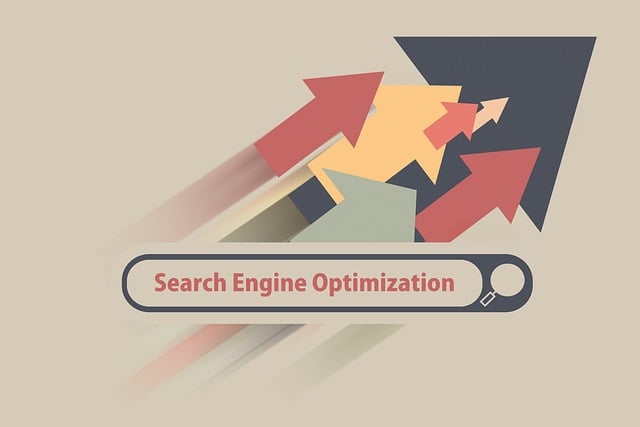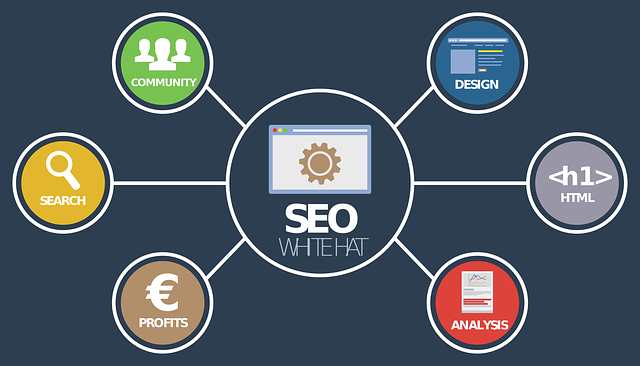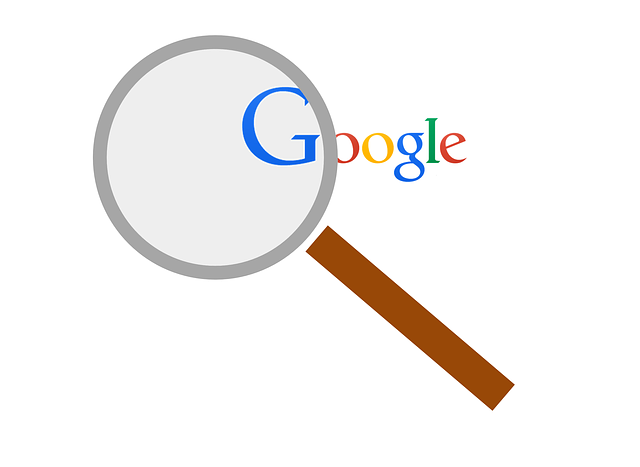On-Page SEO optimizes websites for search engines and users, focusing on keyword strategy, page speed, mobile friendliness, and unique content. Keyword research identifies relevant terms for audience engagement. Title tags (under 60 characters) and meta descriptions (150–160 characters) are crucial for visibility and click-through rates. Strategic header tags structure content, while URL optimization enhances crawlability and indexing. Regular analysis using tools like Google Analytics and Search Console ensures data-driven optimizations for improved rankings and user experience.
On-Page SEO is a powerful strategy to enhance your website’s visibility and search engine rankings. This comprehensive guide delves into the essential elements of optimizing individual web pages for maximum impact. From understanding the fundamentals of on-page SEO to leveraging keyword research, title tags, meta descriptions, header tags, and URL structures, each section provides actionable insights. Learn how to craft engaging content that incorporates keywords naturally and track your on-page performance to drive organic traffic.
Understanding On-Page SEO Basics

On-Page SEO forms the foundation of any successful digital marketing strategy, ensuring your website is optimized for both search engines and users. It involves a deep understanding of how search algorithms interpret and rank web pages, and it’s a process that directly influences your site’s visibility online. The basics revolve around optimizing individual web pages to make them more relevant and engaging to the target audience.
This includes strategic keyword placement, where relevant keywords are incorporated naturally into titles, headings, meta descriptions, and content. It also encompasses improving page load speed, ensuring mobile-friendliness, and crafting compelling, unique content that answers user queries. By focusing on these aspects, you enhance the overall user experience, which is a key factor in search engine rankings.
Keyword Research for Optimal Placement

Keyword research is a fundamental step in on-page SEO, as it involves identifying relevant terms that potential customers are using to search for products or services similar to yours. By understanding your target audience’s language and the queries they use, you can tailor your content to match their expectations and preferences. This strategic approach ensures that your web pages rank higher in search engine results, leading to increased visibility and organic traffic.
During keyword research, it’s essential to consider both short-tail (general keywords with high competition) and long-tail (more specific phrases with lower competition) keyphrases. Integrating these keywords naturally into your page titles, headings, meta descriptions, and content allows search engines to comprehend the context and intent behind your web pages. This optimization technique not only enhances your site’s accessibility but also fosters better user engagement, ultimately contributing to a more successful on-page SEO strategy.
Optimizing Title Tags Effectively

Effective on-page SEO begins with optimizing title tags, one of the most crucial elements for search engine visibility. A well-crafted title tag should be descriptive, unique, and include relevant keywords that accurately represent the content of a page. It’s a concise opportunity to capture the essence of your content and persuade users and search engines alike that your page is worth clicking on and exploring.
When optimizing title tags, keep in mind that clarity and conciseness reign supreme. Aim for 50-60 characters or fewer to ensure your titles display fully in search results without truncation. Incorporate primary keywords strategically while also considering the user’s intent behind their search query. By aligning your title tags with both search engine algorithms and user expectations, you enhance the likelihood of higher rankings, increased click-through rates, and ultimately, better performance across various on-page SEO metrics.
Crafting Compelling Meta Descriptions

Crafting compelling meta descriptions is a crucial aspect of on-page SEO that often gets overlooked. These concise snippets of text, typically around 150–160 characters, appear in search engine results pages (SERPs) and play a significant role in attracting click-throughs. A well-written meta description not only provides a clear overview of the web page’s content but also persuades potential visitors to choose your result over others. It should be unique, relevant, and engaging, incorporating key target keywords naturally while standing out from competitors’ descriptions.
To optimize meta descriptions effectively, focus on creating value for users by addressing their needs or questions directly. Include a call-to-action (CTA) if possible, encouraging clicks with phrases like “Learn more,” “Shop now,” or “Discover.” Regularly review and update your meta descriptions to keep them fresh and aligned with your content, ensuring they remain accurate and compelling. This continuous optimization can significantly impact your website’s click-through rates and overall search engine visibility.
Utilizing Header Tags Strategically

Utilizing header tags strategically is a key aspect of on-page SEO. These tags, denoted by H1 through H6, help organize content and signal search engines about the hierarchy and importance of different sections within a page. The H1 tag should always represent the primary keyword or topic of your page, providing a clear and concise title that encapsulates the essence of your content.
Below the H1, use H2 tags for subtopics, followed by H3s for smaller sub-subtopics, and so on. This hierarchical structure not only enhances readability but also improves SEO by ensuring search engines can easily understand and index your content. By incorporating relevant keywords naturally within these headers, you reinforce their significance both to users and to search algorithm, thereby boosting your page’s visibility and ranking potential.
Enhancing Content with Keywords

On-page SEO is an essential strategy for optimizing your website’s content and structure to rank higher in search engine results. Enhancing content with keywords is a critical aspect of this process, allowing you to connect with your target audience by aligning your site’s content with their search queries. By strategically placing relevant keywords throughout your text, from headings to meta descriptions, you can improve both the quality and quantity of traffic driven to your pages.
This involves careful consideration of keyword density, ensuring that your content remains readable while incorporating keywords naturally. Well-optimized on-page SEO not only boosts visibility but also enhances user experience, as relevant keywords make it easier for visitors to find what they’re looking for. It’s a harmonious balance between appealing to both search engines and human readers, ultimately driving better engagement and conversions.
Improving URL Structure and Optimization

Optimizing your website’s URL structure is a key aspect of on-page SEO. Clean, descriptive URLs not only make it easier for users to understand where they are but also help search engines crawl and index your site more efficiently. Use keywords relevant to the page content in your URLs, keeping them short and simple while still conveying the main topic. For example, instead of `www.example.com/page123`, consider using `www.example.com/keyword-rich-url`.
This optimization goes hand in hand with ensuring meta tags—including titles and descriptions—are well-crafted and include targeted keywords. Aligned with your URL structure, these elements provide search engines with context about the content on each page. A compelling meta description can also increase click-through rates from search results, driving more organic traffic to your site. Regularly review and update these components as your content evolves to maintain their relevance and effectiveness for both users and search algorithms.
Analyzing and Tracking On-Page Performance

Analyzing on-page performance is a crucial step in any effective On-Page SEO strategy. By utilizing tools like Google Analytics and Search Console, content creators and marketers can gain valuable insights into how search engines interact with their pages. These platforms provide data on keyword rankings, user engagement metrics, click-through rates, and more, offering a holistic view of individual page performance within the broader website.
Regular tracking allows for informed adjustments to content strategy. For instance, identifying low-performing pages can prompt optimizations like improving meta tags, enhancing content quality, or adjusting internal linking structures. Conversely, successful pages can be studied to understand what resonates with search engines and users, enabling the replication of those strategies across other relevant content areas.
